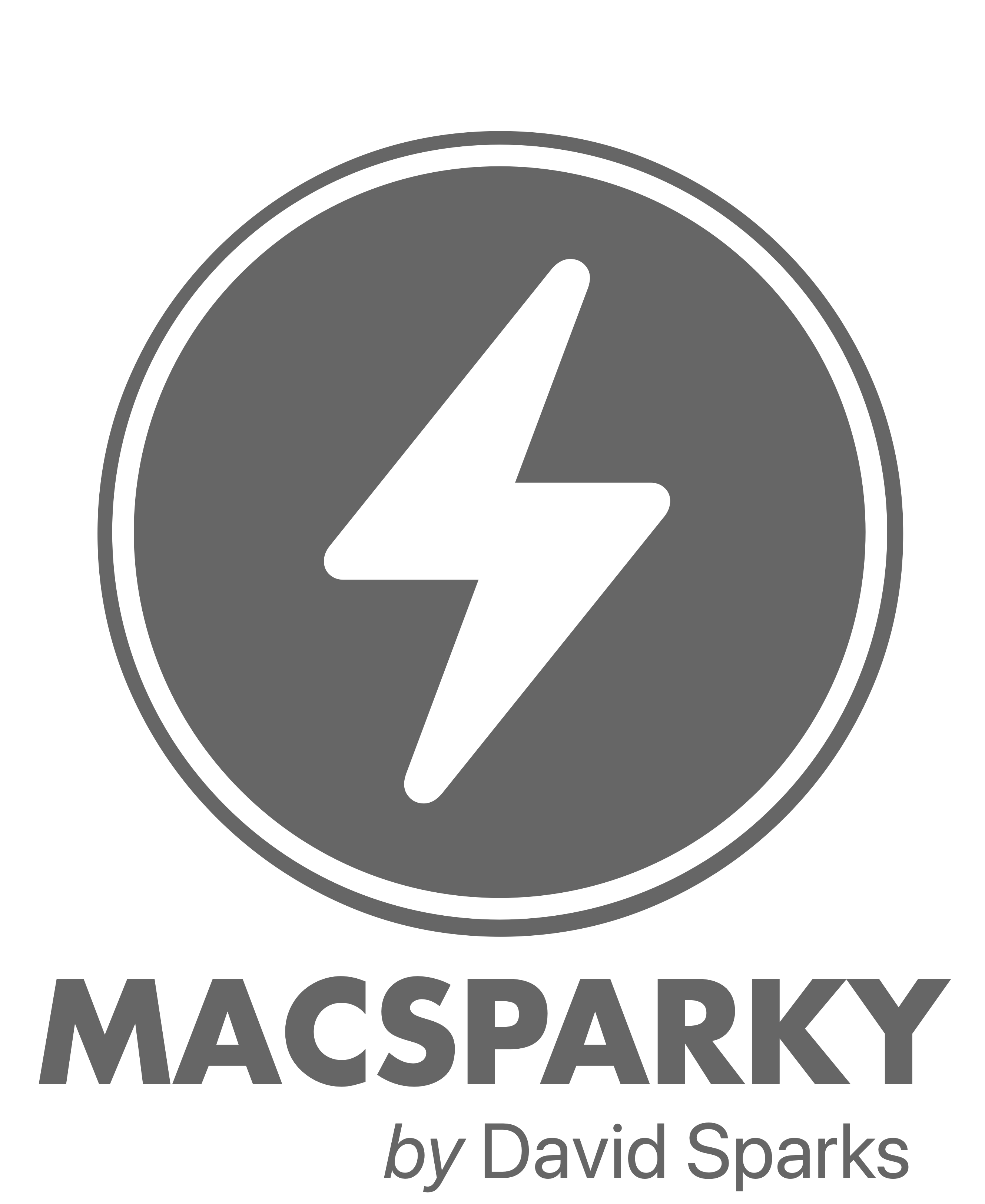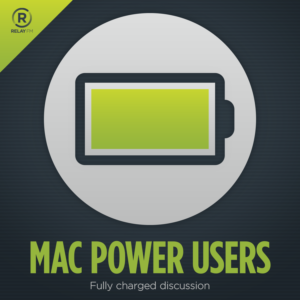Kaitlin Salzke is an accountant, student, and programmer who has built a library of OmniFocus automations. On this episode of Mac Power Users, she joins Stephen and me to talk about using JavaScript for automation, working on a PC during the week, and pushing the boundaries of what macOS can do.
This episode of Mac Power Users is sponsored by:
- TextExpander: Get 20% off with this link and type more with less effort! Expand short abbreviations into longer bits of text, even fill-ins, with TextExpander.
- Zocdoc: Find the right doctor, right now with Zocdoc. Sign up for free.
- Squarespace: Make your next move. Enter offer code MPU at checkout to get 10% off your first purchase.



